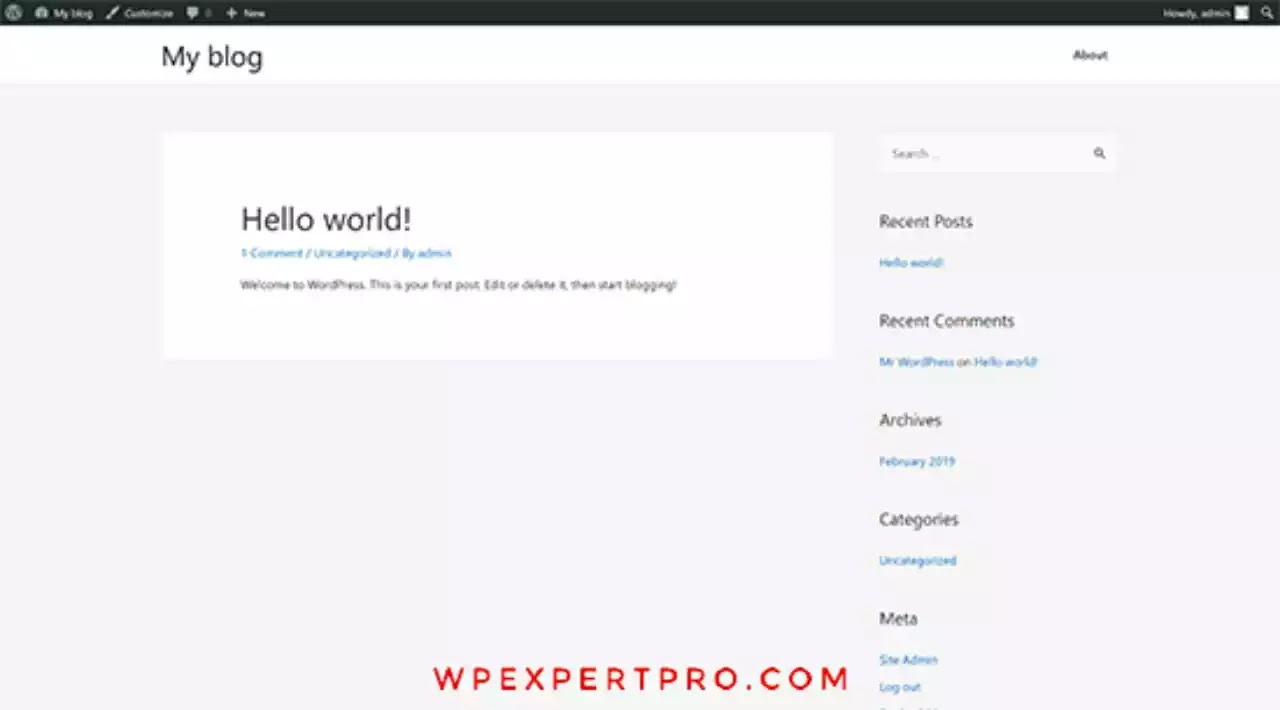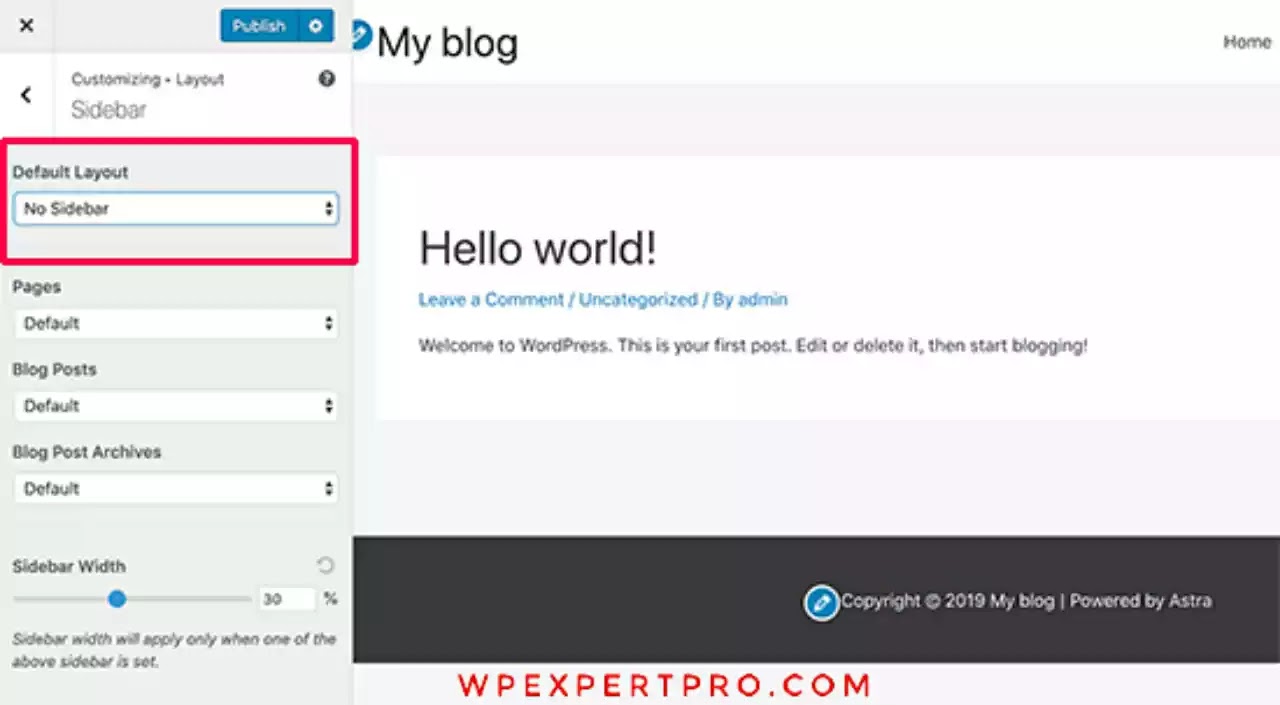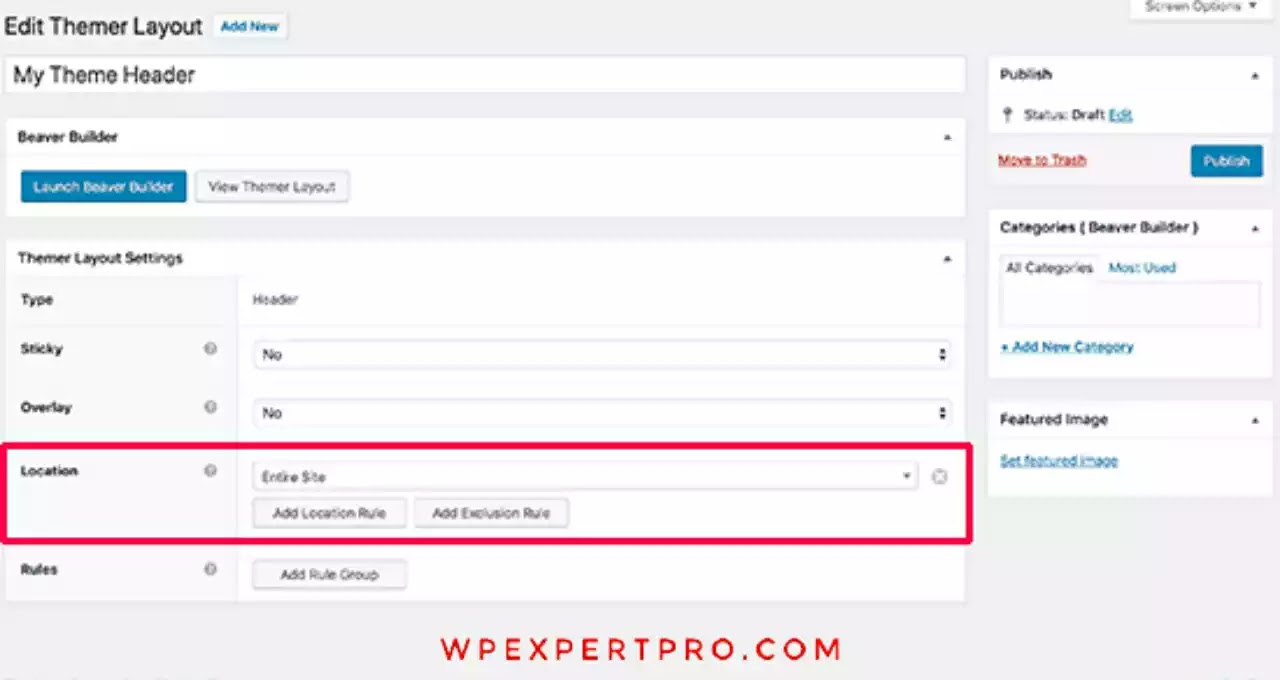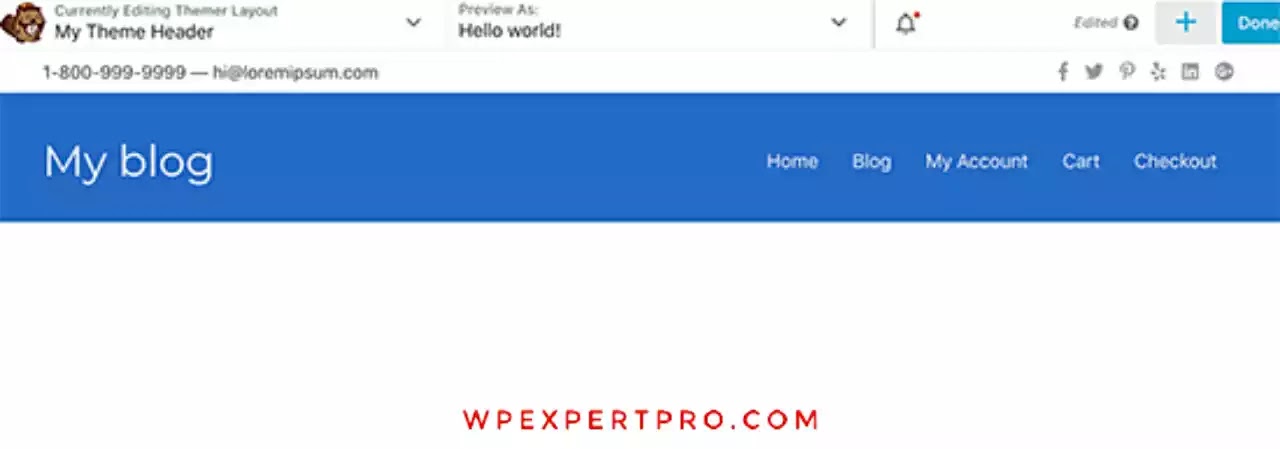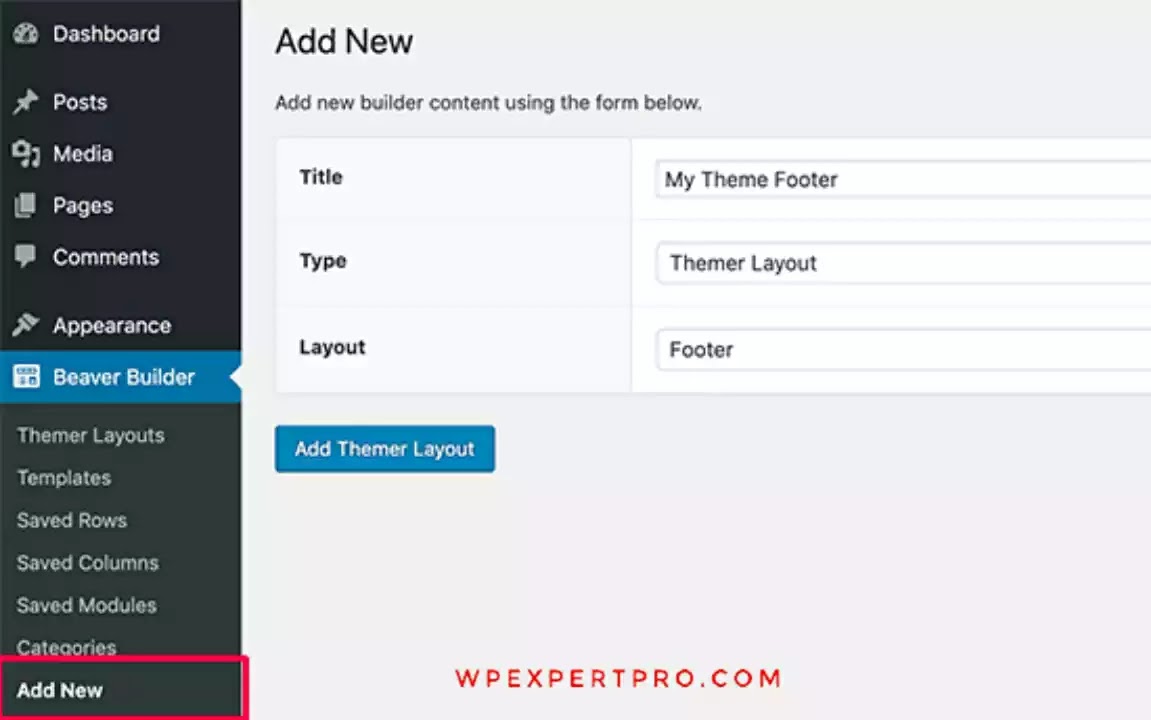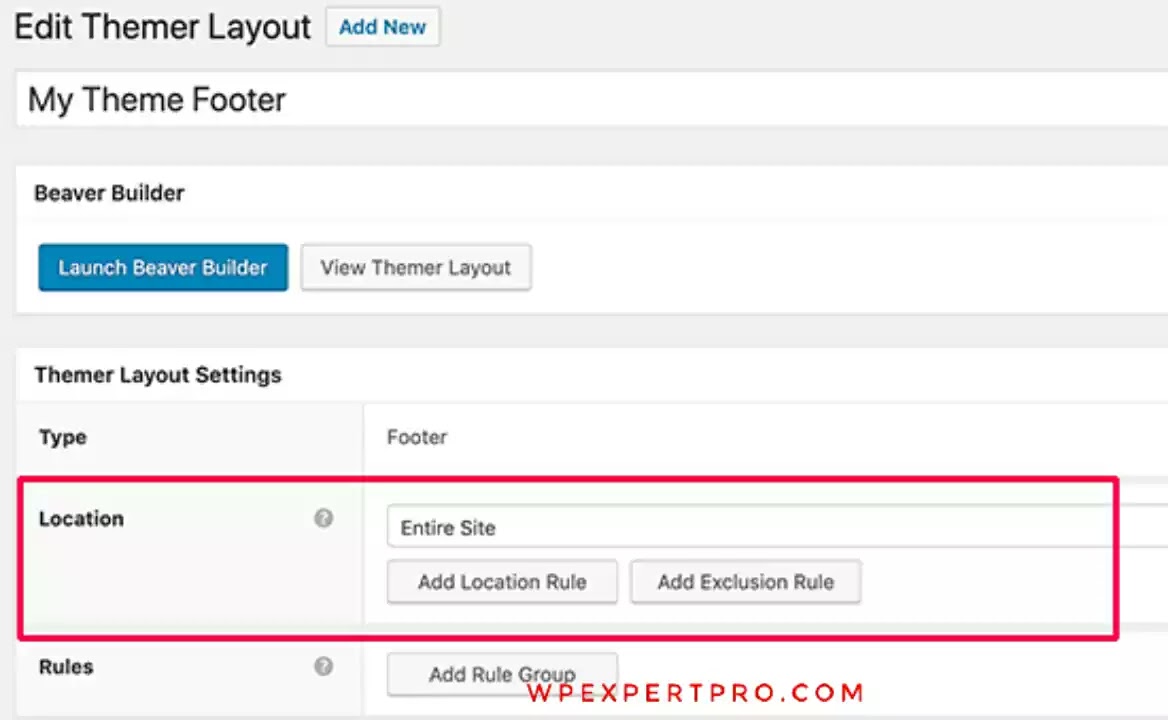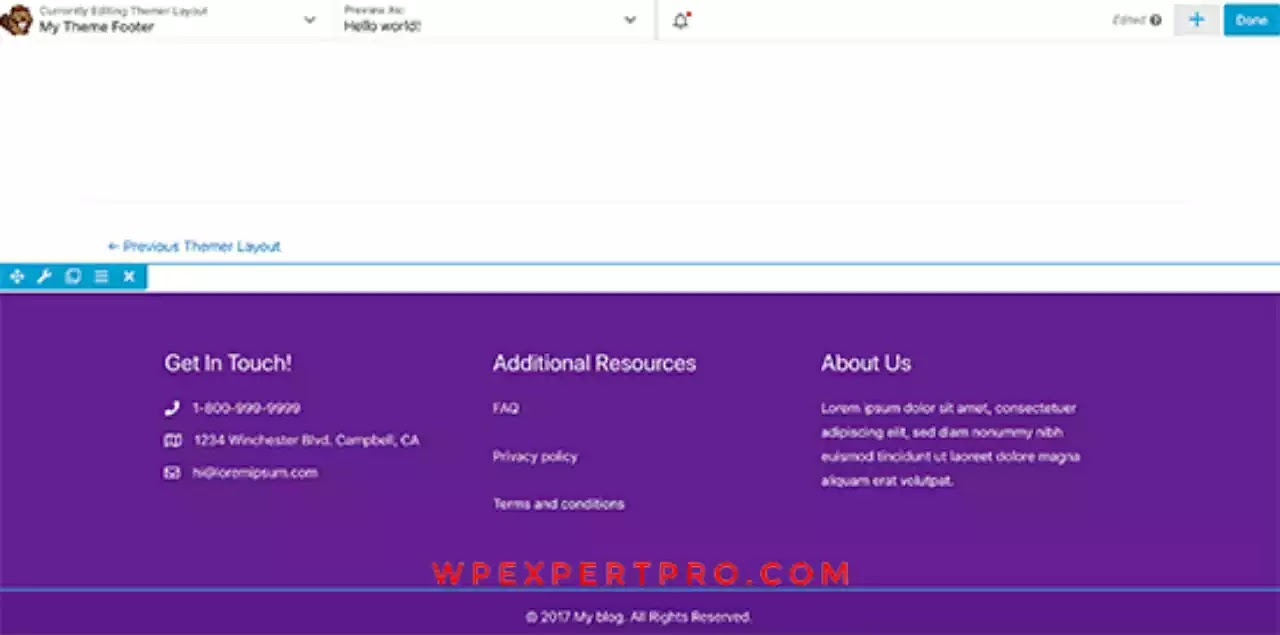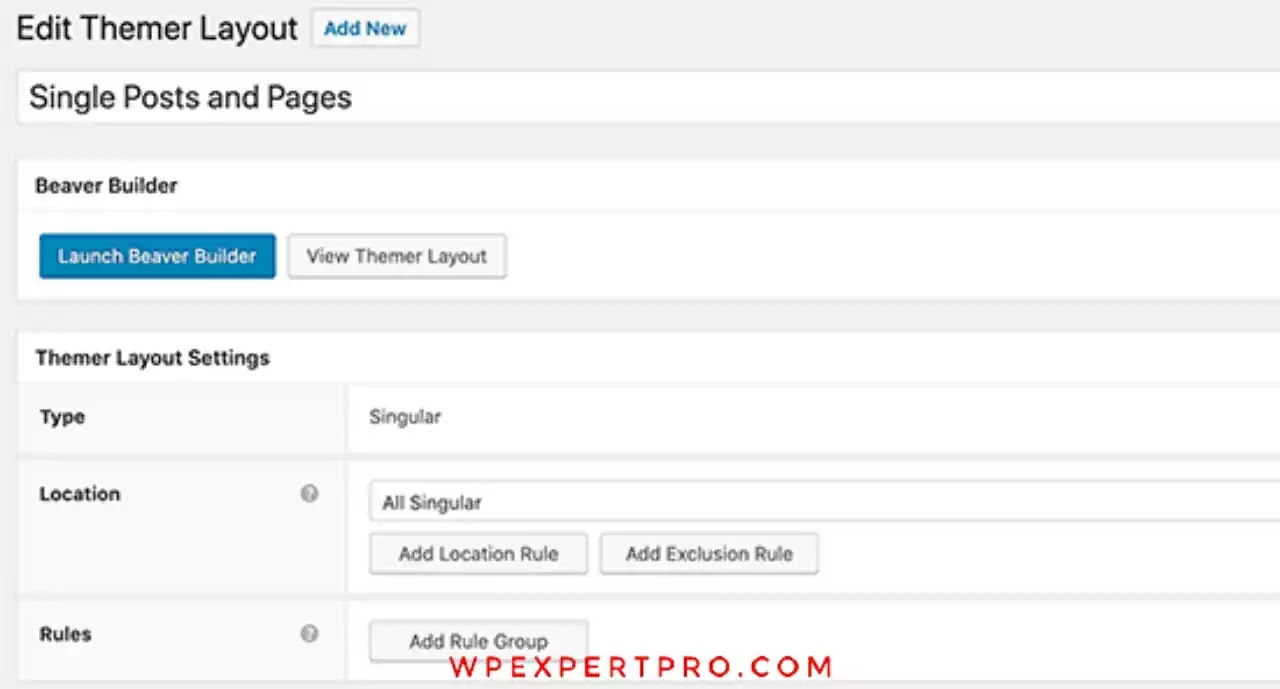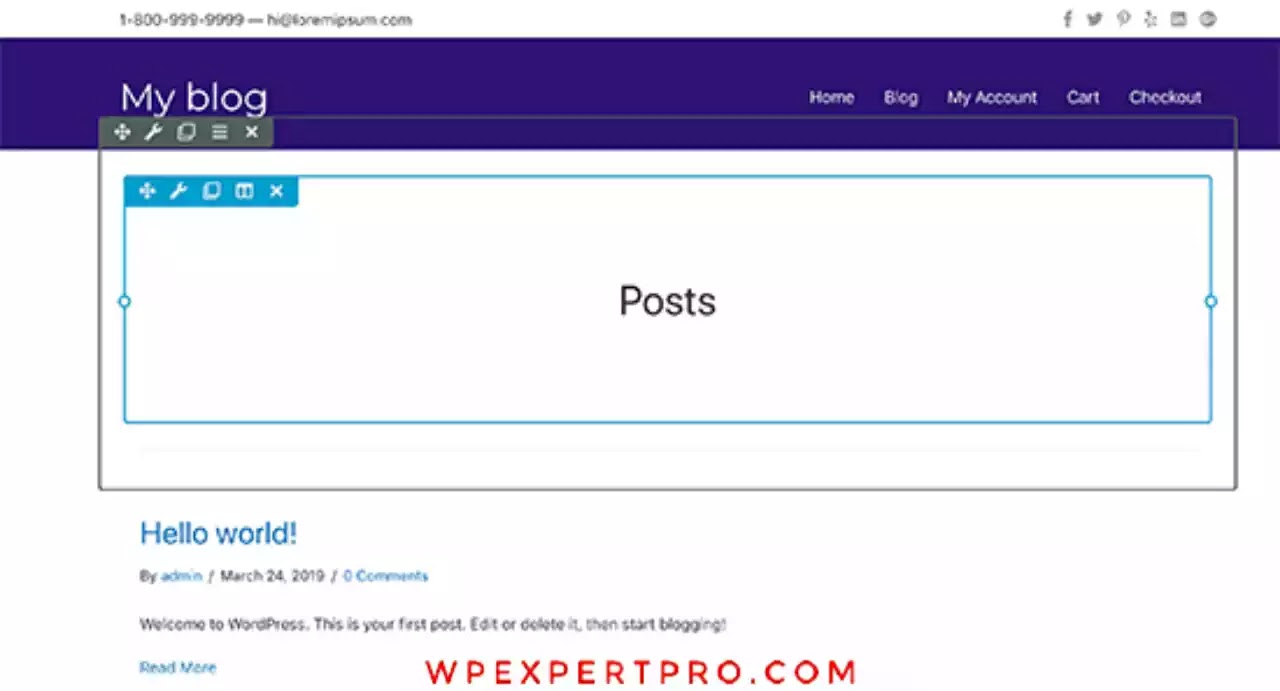Do you want to build your own WordPress theme from the ground up?
To create a custom WordPress theme in the past, you had to follow the WordPress codex and have some coding experience. However, with the introduction of new WordPress theme generators, anyone can now develop a fully customized WordPress theme in under an hour (no coding knowledge needed).
We'll show you how to make a custom WordPress theme without writing any code in this article.
Beginner's Guide to Creating a Custom WordPress Theme
WordPress themes, unlike static HTML sites, are a collection of template files written in PHP, HTML, CSS, and JavaScript. To create a custom WordPress theme, you'll either need a good understanding of all of these web design languages or employ a web developer.
A custom WordPress theme might cost thousands of dollars if you pay a developer or firm to create it for you.
Because many small business owners couldn't afford the exorbitant expenses of a bespoke WordPress theme, they resorted to using the default WordPress themes.
Those that didn't want to settle and needed alterations utilized a drag-and-drop WordPress page builder or built a custom theme using a theme framework.
While WordPress theme frameworks have made it easier to create a WordPress theme, they are designed for developers rather than the typical website owner.
WordPress page builder plugins, on the other hand, made it incredibly simple to create custom page layouts using a drag-and-drop interface, but they were limited to layouts alone. It didn't allow you to create custom themes.
Until Beaver Builder, one of the most popular WordPress page builder plugins, decided to address the issue with its Beaver Themer add-on.
Beaver Themer is a site builder add-on that lets you design unique theme layouts with a drag-and-drop interface without having to know how to code.
Let's look at how to utilize Beaver Themer to create a WordPress theme quickly and efficiently.
Configuring Beaver Themer to Create a Custom Theme
Beaver Themer is a Beaver Builder add-on plugin, so you'll need both for this article.
The Beaver Builder and Beaver Themer plugins must first be installed and activated. See our step-by-step guide on installing a WordPress plugin for more information.
Although Beaver Themer allows you to develop your own theme, you will still need one to begin with. As a beginner theme, we recommend adopting a light-weight theme that contains a full-width page template.
Many of these themes can be found in the WordPress.org theme directory. A full-width template is included in most recent WordPress themes. The following are our top picks:
- Astra is a free light-weight all-purpose WordPress theme with Beaver Builder support built-in.
- OeanWP – Another popular free WordPress multi-purpose theme with complete page builder functionality.
- StudioPress themes – All of StudioPress's themes are Beaver Builder compatible and would function well with Beaver Themer.
We'll be utilizing Astra, a light-weight and easy-to-customize WordPress theme, for the purposes of this article.
Setting Up Your Beaver Themer Theme
When using Beaver Themer to create a custom WordPress theme, make sure Beaver Themer has access to the entire page's content (from edge to edge).
This is the standard Astra design. As you can see, this style contains a sidebar, which when utilizing Beaver Themer can be tricky to work with.
You may modify this by going to your website's admin panel and then to the Appearance > Customize page. You'll need to go to the Layout » Sidebars menu from here.
Simply select ‘No Sidebar' under the default layout option and save your changes by clicking the Publish button.
Your theme will now use a layout that does not include sidebars. This is the best Beaver Themer layout to utilize.
Beaver Themer can utilise every inch of the screen with this full-page layout, resulting in a stunning end-to-end visual experience.
For full-width pages, most WordPress themes offer a template file. If you're using a different theme, you might be able to disable sidebars in the theme options.
If you still can't find it, contact your theme developer. They might be able to assist you.
You're ready to start building your custom WordPress theme using Beaver Themer once you've set your theme to a full-width layout.
Beaver Themer Basics in a Hurry
Beaver Themer is a plugin that runs on top of Beaver Builder. Beaver Builder is a page builder plugin that lets you drag and drop objects onto a page to create bespoke layouts.
It includes the following elements that you can incorporate into your layouts:
- A template: is a set of columns, rows, and modules that make up the layout of a page.
- Vertical layout components that assist align material horizontally are known as columns.
- Rows: are a horizontal grouping of numerous modules arranged in a row.
- Module: A type of object that outputs specified data, such as a title, a text block, a table, a gallery, and so on.
Simply open Beaver Builder, update a page, and then click the add button in the top right corner. You may then drag and drop columns, rows, and modules onto your page and immediately begin altering them.
If you don't want to start from scratch, you can start with one of the pre-made themes.
You may also save your layouts and utilize them as templates later with Beaver Builder.
See our post on how to use Beaver Builder to create a custom page layout for more information.
We don't only want to make page layouts, though. We want to make a fully customized theme.
This is where Beaver Themer enters the picture.
It adds a new component named ‘Themer Layout' to Beaver Builder.
Custom layouts for the header, footer, content regions, 404 page, and other template parts are possible with theme layouts.
These are the fundamental elements of all WordPress themes, and by combining them, you can develop a unique theme that meets your specific requirements.
Creating a Custom WordPress Theme using Beaver Themer Templates
We'll walk you through the steps to create the most popular custom theme components in the tutorials below. You'll have totally changed your base theme into a fully custom WordPress child theme by the time you're done.
Creating a Custom Header for Your WordPress Theme
Let's start with the header portion of your website. A custom header is an important part of a theme, but creating one with standard methods can be difficult.
Fortunately, Beaver Themer includes header features. You can use the pre-made template or a two-column layout with the menu and picture modules.
We'll need to set up a header layout in Beaver Themer first in order to get to this header area. Go to Beaver Builder » Add New Page and give your header a title.
Then, as the type, choose ‘Themer Layout' and ‘Header' as the layout option. To proceed, click the 'Add Themer Layout' button once you've finished.
This will take you to the page where you may customize your layout. Select 'Entire Site' as the location where the header template will be displayed from here.
Then, to enter the builder interface, click the ‘Launch Beaver Builder' button.
As a starting point, Beaver Builder will use a single column and two-row header layout.
To modify the background, colors, text, and other elements, you may use the same Beaver Builder drag and drop tools. By clicking the add button in the top right corner, you may also add other modules, load pre-made layouts, and add rows / columns.
When you're finished with the layout, click the Done button to save or publish it.
You may now see your custom theme header in action by going to your website. The header layout has been implemented to our custom theme, as you can see.
Apart from the header, there will be no content yet, and you will most likely see the footer area of your base theme.
Let's make a change.
Creating a Custom Footer for Your WordPress Theme
You may use the Beaver Themer to design a custom footer for your theme, just like you did for the header.
Go to Beaver Builder » for more information. Create a new page and give it a title for your footer design. Then, for the type, choose ‘Themer Layout' and ‘Footer' as the layout choice.
To proceed, click the ‘Add Themer Layout' button.
This will take you to the page where you may customize your layout. Select ‘Entire Site' as the location where the template will be shown from here.
Then, to enter the builder interface, click the ‘Launch Beaver Builder' button.
Beaver Builder will start with a three-column footer style. You can start editing using this layout as a starting point.
Modules, text blocks, and anything else can be added. You may always alter the colors, fonts, and background image, among other things.
When you're finished with the layout, click the Done button to save or publish it.
Creating Post and Page Content Areas
It's time to build the post or page body now that we've created headers and footers for every page and post on the website (the content area).
We'll begin by adding the ‘Singular' layout to the Add New page, much like we did with the header and footer.
The next step is to decide where this layout will be displayed. You can select singular to use it for all single posts and pages, or you can opt to use it only for posts or only for pages.
Then, to enter the builder interface, click the ‘Launch Beaver Builder' button.
Beaver Builder will display a single-page layout with the post/page title at the top, content, author bio box, and comments area below.
You can update any of these things by pointing and clicking on them, or you can add new modules, columns, and rows as needed.
To save and publish your changes, click the Done button once you're happy with the layout.
You may now see it in action on your website.
Creating Archive Layouts for Your Personalized Theme
You may now move on to developing layouts for other portions of your website now that your custom theme is starting to take shape. WordPress displays your categories, tags, author, and monthly archives on archive pages.
Let's make an archive page layout in your custom theme.
Begin by going to Beaver Builder > Add New page and giving your archive layout a title.
Then, as a type, choose ‘Themer Layout' and ‘Archive' as a layout option. To proceed, click the ‘Add Themer Layout' button.
This will take you to the page where you may customize your layout. Select ‘All Archive' as the site where the template will be shown from here. You can also construct distinct layouts for each archive type, such as date, search results, category, tags, and so on.
Then, to enter the builder interface, click the ‘Launch Beaver Builder' button.
Beaver Builder will start with a simple single-column archive template. It will show the title of the archive first, followed by posts.
You may alter the characteristics of any item by pointing and clicking on it. As needed, you can also add new modules, rows, and columns.
Then, to save and publish your changes, click the ‘Done' button.
Creating Additional Layouts for Your WordPress Custom Theme
You may also use Beaver Themer to make layouts for additional pages in the template hierarchy, such as the 404 page, template components, search results page, and so on.
You can simply construct your own custom WordPress theme from scratch with Beaver Builder's built-in drag-and-drop feature without ever writing code. This is without a doubt the best user-friendly WordPress theme building method available.
We hope that this post has shown you how to make a custom WordPress theme without knowing how to code.



